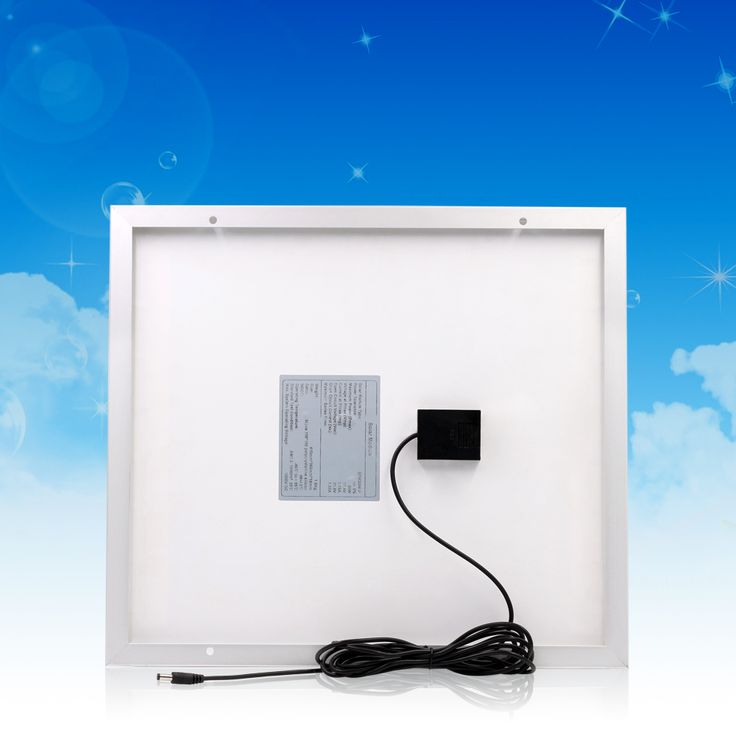Efficiency Of Polycrystalline Solar Panels

In addition polycrystalline solar panels tend to have a blue hue instead of the black hue of monocrystalline panels.
Efficiency of polycrystalline solar panels. This crystal structure makes the efficiency rate of polycrystalline panels lower than monocrystalline panels. Although the difference is getting smaller all the time you generally need to cover a slightly larger area to output the same electrical power as you would with mono panels. Polycrystalline solar panels perform well even in the hot weather as their heat tolerance is slightly lower. These solar panels are easily available in the market allowing you to purchase them without much of a hassle.
Hqst 100w solar panel hqst 100w polycrystalline solar panel the panel is designed to withstand heavy snow and wind loads. The highest efficiency solar panels on the market today can reach almost 23 percent efficiency. The efficiency of polycrystalline based solar panels is a little less because of lower silicon purity. Use this panel alone or add additional panels to create a custom solar energy system.
However thanks to new technologies polycrystalline panels are now much closer in efficiency to monocrystalline solar panels than they have been in the past. Polycrystalline panel efficiency ratings will typically range from 15 to 17. Polycrystalline solar panels generally have lower efficiencies than monocrystalline options but their advantage is a lower price point. The back of the panel features a waterproof junction box and solar connect leads for easy plug and play use.
Polycrystalline solar panel tends to be less efficient offers 13 16 efficiency rate. Polycrystalline solar modules are therefore the most frequently installed modules. Factors that affect solar panel efficiency. In addition when you seek polycrystalline solar panels for sale the sellers may highlight the blue hue of these panels compared to the monocrystalline panels black hue.
Characteristic is the crystal structure which allows the polycrystalline solar modules of the photovoltaic system to reflect strongly when exposed to sunlight. The efficiency of polycrystalline solar panels is somewhat lower but the benefit for customers is that this option is more affordable. The efficiency of polycrystalline solar panels today is about 15 percent. Amorphous panels are also lighter in weight and more portable than monocrystalline or polycrystalline panels producing the same amount of energy.
The average efficiency of solar panels falls between the 17 to 19 percent efficiency range. They can also withstand the summer heat where mono or polycrystalline panels lose efficiency in the same ambient temperatures.
















































